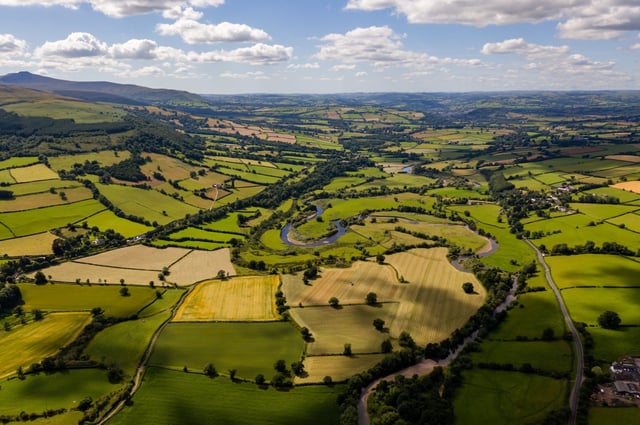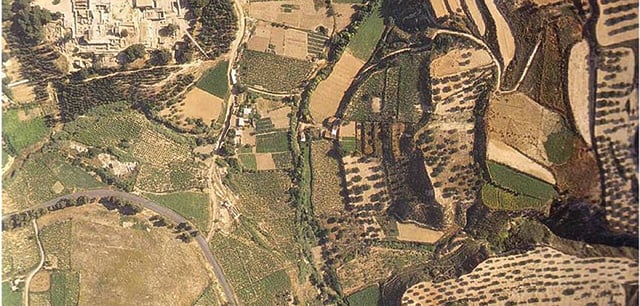Overview
- A landmark study led by Amy Bogaard analyzed 47,000 ancient houses across 1,700 settlements to trace the origins of wealth inequality over 10,000 years.
- The research shows that land-intensive farming practices, such as irrigation and animal traction, often led to entrenched economic disparities by enabling land monopolization.
- Effective governance in societies like Teotihuacan and Mohenjo-daro mitigated extreme inequality, even in regions with scarce land resources.
- The findings challenge the inevitability of wealth inequality, attributing it to localized ecological and institutional factors rather than farming alone.
- An open-access database of ancient housing has been launched, providing a valuable resource for understanding historical inequality and informing contemporary policy solutions.

